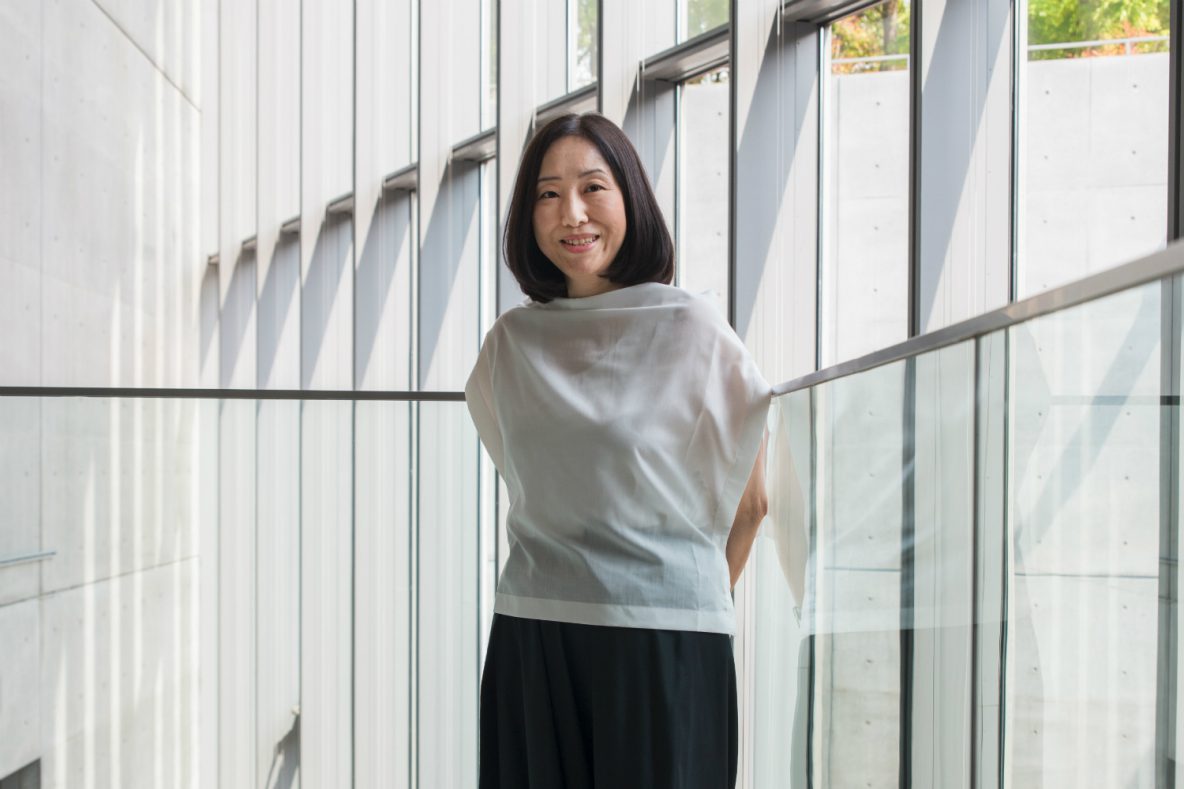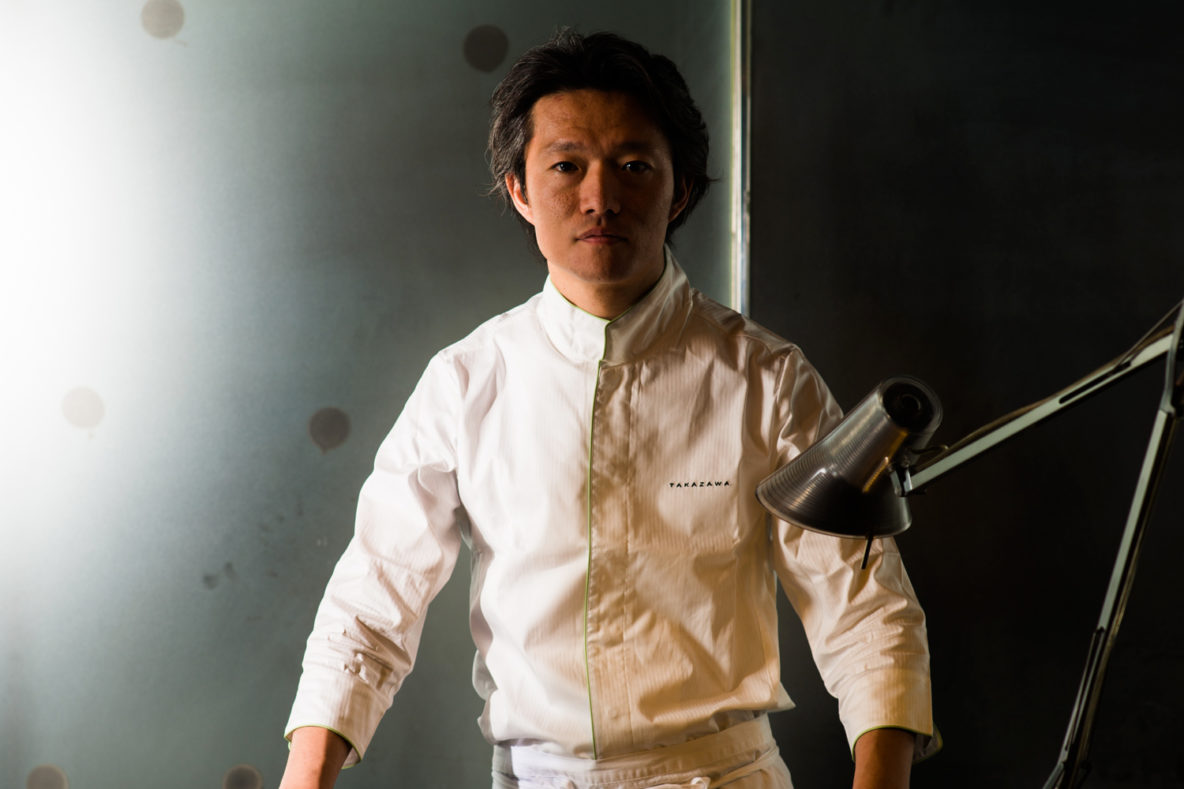Don’t go thinking that 21_21 is a museum. It can’t be, because it is without permanent collection. But then, neither is it a gallery – its expansive mission is bigger than that. How, then, to explain it? “Most museum and art gallery directors come from the curatorial side,” explains Associate Director Noriko Kawakami. “What’s so special about 21_21 Design Sight is that the directors are all working designers.” They are, in fact, more than that – they are three of the biggest names in the Japanese creative industry: graphic designer Taku Satoh, industrial designer Naoto Fukasawa, and fashion designer Issey Miyake, who has been the project’s driving force from the start. “Another reason we’re different from an art gallery is that we exhibit familiar things from everyday life,” says Kawakami. “But we want to show their beauty and emotion.” During the first half of 2014, Satoh and anthropologist Shinichi Takemura co-directed an exhibition titled ‘Kome: The Art of Rice’, which explored how the humble grain has enriched Japan’s design traditions as well as its diet. A previous exhibition curated by Satoh investigated water, while another by Fukusawa was named ‘Chocolate’. One of Miyake’s motivations has been that, despite its cultural affinity for beautiful and functional things, Japan has no official museum of design – although he never intended for 21_21 Design Sight to become that institution. His is a more modest goal, formulated with the help of late sculptor Isamu Nogichi, architect Tadao Ando, and several others: to create a space where people can experience good design and understand its transformative possibilities. Ando and Miyake collaborated on the structure of the building using the latter’s concept for making garments from a single piece of unbroken thread. Approaching the building through the surrounding gardens, visitors catch sight of two massive triangular roofs at ground level, each made from giant sheets of folded steel. Beyond the entrance, the exhibition rooms are subterranean and surround a sunken courtyard framed by large windows. On sunny days dramatic shadows move slowly across the cavernous space. Kawakami and the three directors meet monthly to brainstorm ideas and choose a curator for each show. For everyone involved, an open mind is imperative: while assisting Satoh in the preparations for ‘Water’, Kawakami says she worked with a scuba diver, an astronomer, a biologist, and other unlikely professionals. “What keeps every exhibition interesting is that each has its own methodology,” she says. “There are never any prepared answers. There are never any rules.”
Takazawa
It takes Yoshiaki Takazawa 10 hours to make his signature ratatouille, which he asks his diners to consume in a single bite. “Ratatouille is something usually made by throwing everything together into a pot,” the chef says. “But in my version, each of the 15 ingredients is prepared separately, and then assembled at the end.” The dish, a multi-coloured checkerboard terrine balanced on the end of a platinum spoon that’s twisted like a serpent, is the only one the chef guarantees will be served each evening. It has been a constant on his menu since he and his wife Akiko opened their restaurant, then known as Aronia de Takazawa, in 2005. “The aronia is a small berry that is not well known but is really powerful, with stronger antioxidant properties than blueberries,” Takazawa explains. “That’s how I thought of myself when I was getting started: a hidden power with a connection to nature.” Takazawa’s style of cooking blends intense seasonality – the bedrock of all Japanese cuisine – with imaginative presentations more familiar to European molecular gastronomy. Some have called it Japanese-French cuisine, but the chef begs to differ. “There were French and Spanish influences at first,” he says. “But what I really want to do is express Japanese culture. That’s why I use Japanese ingredients and pair dishes with Japanese wines. But having said that, this isn’t strictly Japanese cuisine. It’s just mine.” Despite years of training at a famous Tokyo hotel, the chef has never courted publicity, choosing a discreet backstreet location in Akasaka for his business. An obscure door opens on to a narrow staircase that leads up to the intimate dining room. There is space for just three tables and 10 chairs, which take just one sitting per evening. No patron is ever more than a few metres from the chef as he works behind his smooth metal show counter, and none is denied the delightful Akiko’s attentive service. Takazawa says he designed the experience to be like the Japanese tea ceremony because “it’s my way of presenting our hospitality.” More than that though, Takazawa is a showcase for Japanese culture – its farmers and artisans, its seasons and sensibilities. But it also highlights the chef’s particular sense of humour, through dishes such as Sweet & Sour Prawn, a riff on ebi chilli (spicy stir-fry shrimp) that’s a staple of cheap-and-cheerful Chinese restaurants in Japan. In Takazawa’s version, an elegant kuruma prawn coated in delicate tomato jus comes surrounded by the deconstructed flavours of ebi chilli, all for patrons to assemble in their mouths. And his Dinosaur’s Egg from Miyazaki on the south eastern coast of Kyushu, is in fact a dessert: the shell made using white chocolate, turmeric and chilli; the egg using meringue and mango from Miyazaki; and the footprints formed of wasabi, giving Takazawa’s Japanese accent to a flavour combination that was inspired by a trip to Mexico. Indeed, the chef travels constantly to food events and private functions around the globe. When … Read More


